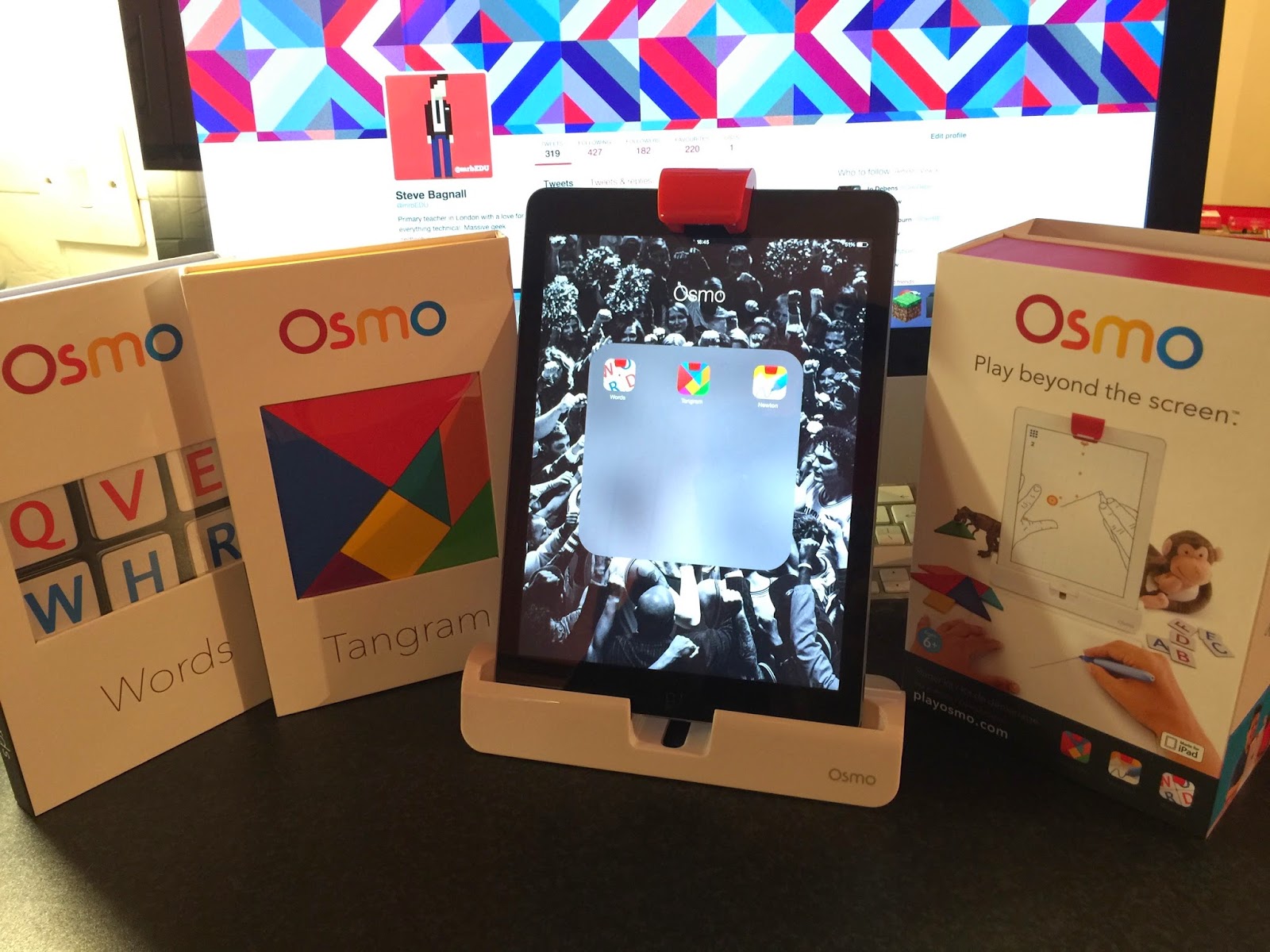Technology, whether you like it or not, is changing the way children learn and how educators teach. No longer are we closed off behind the four walls of our classrooms. Technology has helped bring the whole world to our doorstep. And I for one, couldn’t be more excited.
“We are currently preparing students for jobs that don’t yet exist...”
I love this video and that line has always stuck in my mind. The role of an educator is to prepare our children, as best we can, for their future. A significant amount of the most desirable jobs at present require some form of computing experience. A quick Google search turned up this list showing Software Developer, Computer Systems Analyst and Information Security Analyst in the top 10 ‘Best Jobs’.
With the new changes to the UK curriculum regarding Computing (here is a great CAS guide for primary schools), it seems that steps have been taken to provide children with at least a basic understanding of key computing concepts which they can build upon. This has forced teachers to move swiftly into a new area of teaching that perhaps they have never experienced before - Computer Science. And so the 21st century teacher was born!
BECOMING A 21st CENTURY TEACHER
A 21st century teacher is not the one who crowbars every imaginable piece of technology into their lessons. It is not using technology for the sake of using it. Therefore, a 21st century teacher should use technology appropriate in order to create an engaging learning environment. It is no surprise to anyone that children generally enjoy using computers, iPads, playing Minecraft, etc. So if an educator can harness the engaging power of these technologies, and uses them smartly to deliver a challenging curriculum, then there is your ‘engaging learning environment’.
In order to become a 21st century teacher, you do need to know your stuff. This is pretty obvious, of course, as how can you prepare children for their technologically advanced future without the subject knowledge yourself? This doesn’t mean going back to university to get a degree in Computer Science, but instead you can spend a little time with some quality resources. That is all… Play around with it and ask questions.
In order to become a 21st century teacher, you do need to know your stuff. This is pretty obvious, of course, as how can you prepare children for their technologically advanced future without the subject knowledge yourself? This doesn’t mean going back to university to get a degree in Computer Science, but instead you can spend a little time with some quality resources. That is all… Play around with it and ask questions.
A great teacher knows the tools needed to teach. Most schools these days will have a computer in every classroom with an interactive whiteboard connected to it. A lot of schools are starting to purchase mobile devices, such as iPads. These are the tools for the modern classroom, so learn how to use them. The 21st century teacher does.
 We must not forget that being able to use technology isn’t the end goal here. Using technology still has value and is, of course, very important within the curriculum, but we need the next generation of software developers to create technology too. The Raspberry Pi is an incredible piece of hardware that many schools have been picking up which allows children to do just that. The possibilities are endless! If you have not discovered the credit card sized computer yet, and you want to become a 21st century teacher, get yourself one! (I have four!)
We must not forget that being able to use technology isn’t the end goal here. Using technology still has value and is, of course, very important within the curriculum, but we need the next generation of software developers to create technology too. The Raspberry Pi is an incredible piece of hardware that many schools have been picking up which allows children to do just that. The possibilities are endless! If you have not discovered the credit card sized computer yet, and you want to become a 21st century teacher, get yourself one! (I have four!)












